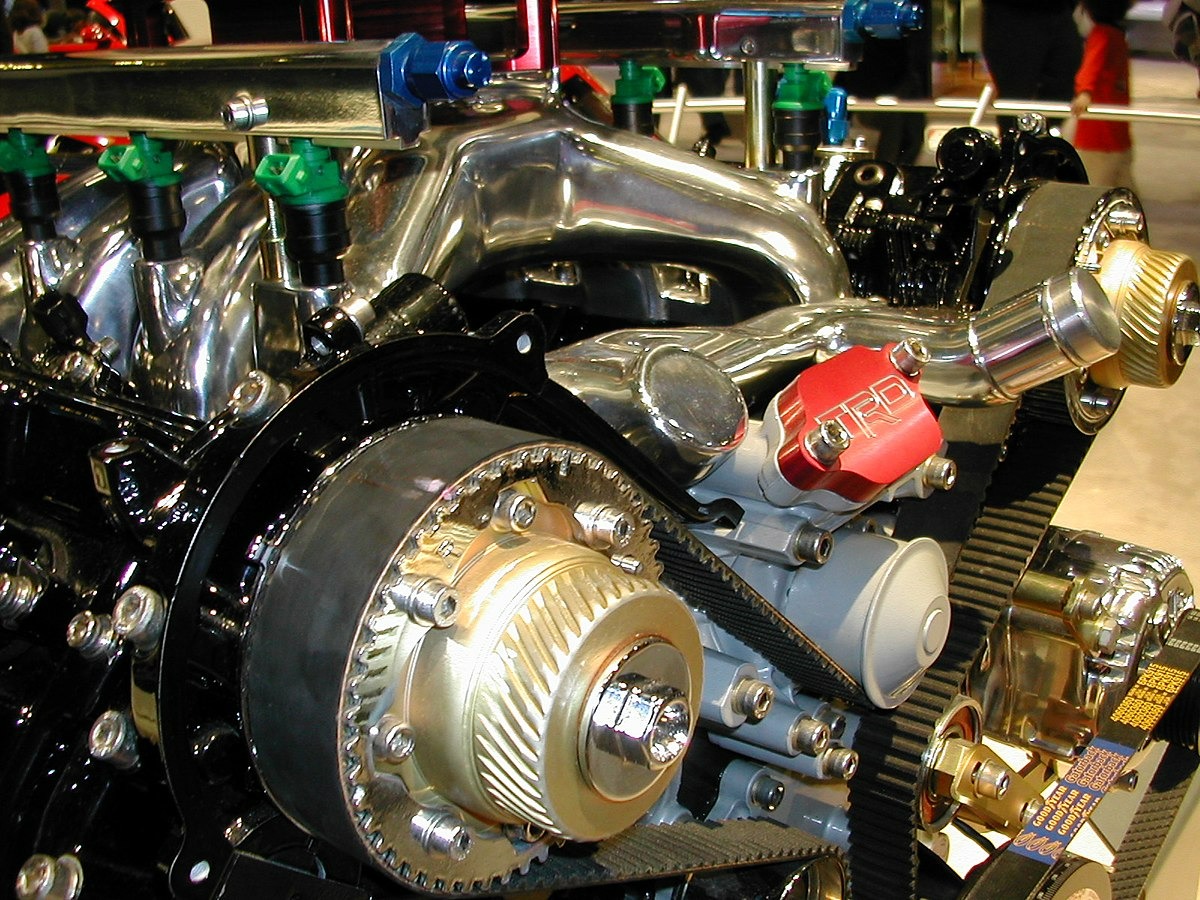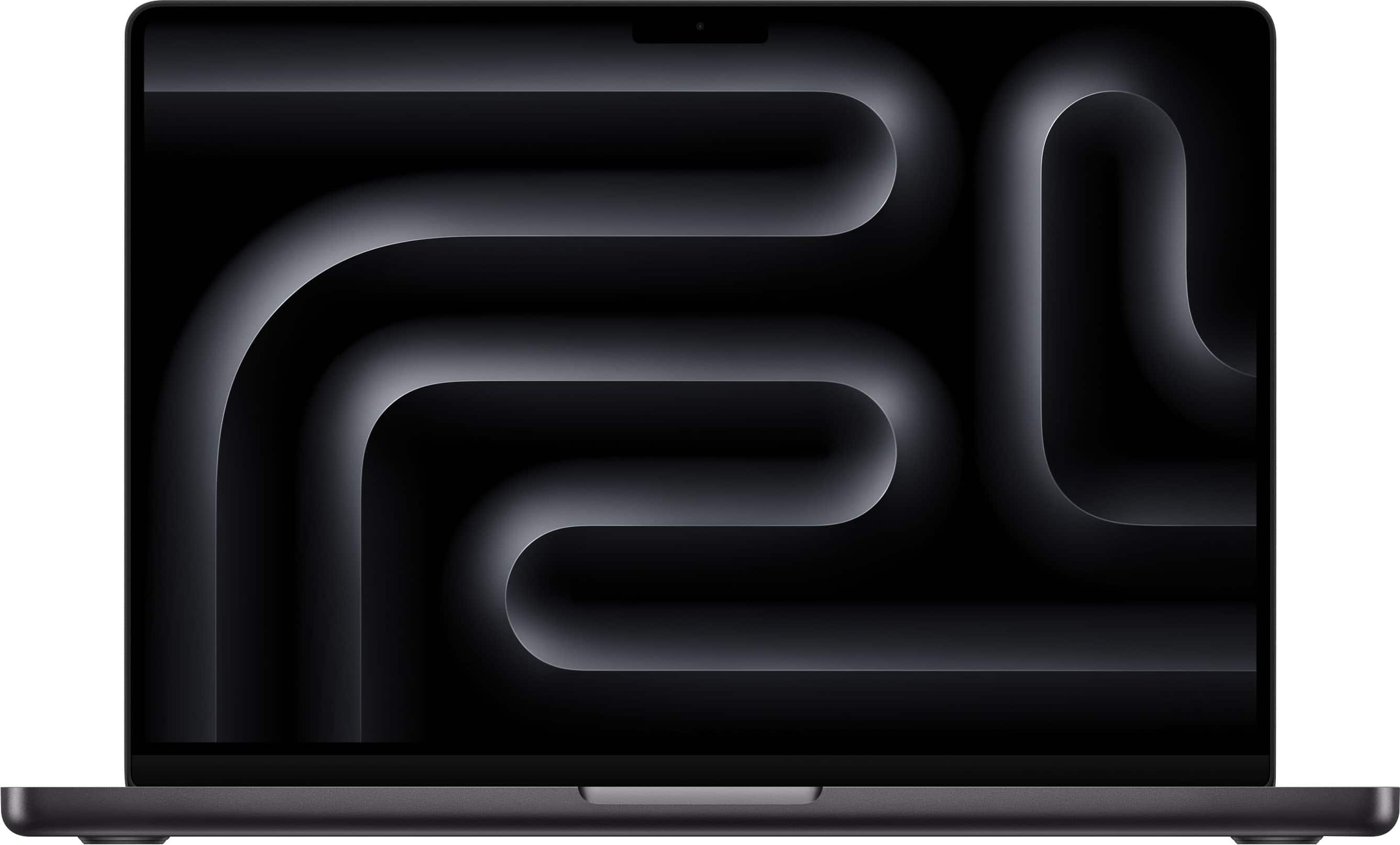Your engine’s about to die, but your dashboard won’t tell you until it’s too late. While mechanics rely on expensive diagnostics and lab tests, there’s a brutally simple visual check that reveals catastrophic problems in seconds. The dipstick test cuts through automotive complexity like a TikTok video—quick, direct, and surprisingly revealing.
How the Test Works
Pull, wipe, dip, and examine—that’s literally it.
You don’t need tools or technical knowledge. Pull the dipstick out completely, wipe it clean with a rag, reinsert it fully, then pull it out again. Now, examine the oil coating the metal. This process reveals what’s happening inside your engine, often catching issues before dashboard sensors register trouble.
The key is examining both color and texture immediately after removal. Fresh air exposure changes oil appearance, so speed matters.
What Each Color Means
Amber means life, black suggests trouble, and milky means catastrophic failure.
Healthy oil appears transparent, amber—like honey held up to light. It flows smoothly and feels slick between your fingers. This means your engine is properly lubricated and functioning normally.
Black, thick oil signals problems. If you recently changed oil, but it’s already dark and gummy, excessive blow-by is contaminating fresh lubricant. Your engine’s internal seals are failing, allowing combustion gases to dirty the oil faster than normal.
The death sentence? Oil color that looks like chocolate milk. This milky, frothy appearance means coolant has breached your engine’s barriers—usually through a failed head gasket or cracked cylinder head. This mixture cannot lubricate anything.
Continue running the engine, and you’ll face complete engine replacement instead of repairs. If you see milky oil, shut off the engine immediately and arrange for towing.
Secondary warning signs include:
- Brown bubbles on the dipstick
- Sweet-smelling oil
- Mysteriously rising oil levels
Why This Beats Dashboard Warnings
Electronic sensors detect problems after damage begins—this catches issues earlier.
Your car’s oil pressure light illuminates when lubrication has already failed. By then, bearing damage is occurring. The dipstick test spots contamination before sensors register trouble, potentially saving you from complete engine replacement.
Laboratory analysis provides more precise results, but costs hundreds and requires downtime. This visual method gives mechanics their first diagnostic clue and helps you make informed decisions about immediate repairs versus emergency towing.
The limitation? It won’t catch subtle chemical breakdown or additive depletion. But for spotting the big killers—coolant contamination and excessive wear—nothing beats five seconds with a dipstick.






























